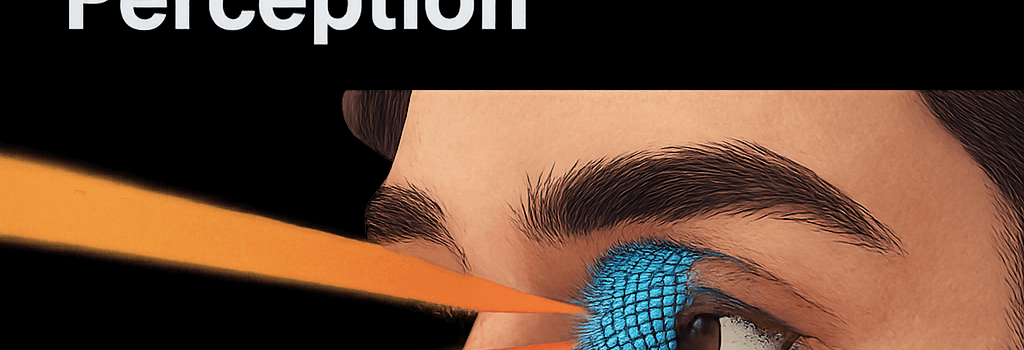Tellurium Nanowire Implants Restore Vision and Infrared Perception

Human Vision and Retinal Degeneration
Human sight relies on two types of photoreceptor cells in the retina—rods and cones—that convert photons in the 400 to 700 nanometer range into electrical signals. These signals traverse a dense network of bipolar and ganglion cells to the optic nerve and onward to visual cortex. Degeneration of rods and cones, due to retinitis pigmentosa, age-related macular degeneration, or inherited disorders, is the leading cause of irreversible blindness worldwide.
Vision-on-Chip: From Electrode Arrays to Photovoltaic Mesh
The first-generation retinal prostheses, such as the Argus II system, used microelectrode arrays driven by an external camera. They required a wearable power pack, real-time image processing, and precise electrode stimulation. While they restored rudimentary light perception, their spatial resolution was limited to 60 electrodes, and surgical implantation involved complex vitrectomy and retinal tacking procedures. High failure rates and retractments from the market underscored the need for a self-powered, high-density interface.
Material Science: Tellurium Nanowires for Photovoltaic Transduction
A research team at Fudan University turned to tellurium, a chalcogenide with a narrow indirect bandgap around 0.35 electronvolt. Tellurium nanowires, 30 to 80 nanometers in diameter, were woven into a flexible mesh only 5 micrometers thick. In bench-top tests, the mesh exhibited a peak photoresponsivity of 300 milliamps per watt at 800 nanometers and a broadband quantum efficiency of 12 percent across 400–1,000 nanometers—encompassing visible and near-infrared light.
In Vivo Testing in Rodent and Primate Models
The team implanted 1 millimeter squared tellurium meshes into a subretinal pocket between the photoreceptor layer and retinal pigment epithelium. Surgical delivery used a 25-gauge vitrectomy and a localized retinal detachment. Post-operative optical coherence tomography confirmed stable mesh positioning without significant gliosis.
Behavioral Paradigms and Neural Readouts
- Pupillary Light Reflex was restored in genetically blind mice, with constriction amplitudes within 80 percent of wild-type controls.
- Water-Reward Task used a Go/No-Go paradigm: implanted mice achieved an 85 percent success rate in detecting 5-millisecond light pulses, compared to 98 percent in healthy mice and 25 percent in untreated blind mice.
- Shape Discrimination of laser-projected triangles, squares, and circles yielded 75 to 82 percent accuracy, demonstrating spatial resolution approaching the natural ~10 micrometer receptive field size.
Superhuman Infrared Perception
Because tellurium meshes respond to wavelengths up to 1,000 nanometers, implanted rodents and non-human primates demonstrated reliable perception of infrared stimuli invisible to normal retinas. In infrared behavioral trials, implanted mice and macaques scored above 70 percent on detection tasks, whereas controls performed at chance levels. This marks the first demonstration of in vivo infrared vision via a subretinal prosthesis.
“The tellurium mesh shows promise, but sensitivity remains below that of natural photoreceptors,” notes Eduardo Fernández, a bioengineer at the University of Barcelona who reviewed the study.
Technical Implementation and Photovoltaic Efficiency
Key to the design is the photovoltaic effect in tellurium nanowires. Under 500 microwatts per square millimeter illumination, the mesh generates up to 50 nanoamps per electrode node—enough to depolarize adjacent bipolar cells. Finite element modeling optimized mesh geometry to maximize electric field coupling. Encapsulation in a silicon dioxide coating enhances biocompatibility and prevents ion leaching.
Long-term Biocompatibility and Safety Assessments
Chronic implantation in macaques is ongoing. Preliminary histology after three months shows minimal microglial activation and no fibrotic encapsulation. The Fudan team is tracking retinal thickness and functional electroretinograms biweekly. They aim to confirm stable performance over a 12-month period before seeking regulatory approval for early-phase human trials.
Challenges and Potential Risks
- Lower Responsivity: Tellurium’s sensitivity falls short of photopic human vision by a factor of 5 to 10.
- Surgical Complexity: Subretinal insertion carries risks of retinal tears and proliferative vitreoretinopathy.
- Neuroplastic Adaptation: Implanted subjects require weeks of behavioral training to interpret artificial signals.
Future Directions and Clinical Translation Pathways
Next steps include integrating on-mesh amplification electronics to boost weak photocurrents, exploring alternative chalcogenides like bismuth telluride, and scaling device density to improve spatial resolution beyond 1,000 pixels per square millimeter. Collaborative efforts with ophthalmic surgeons and neuromodulation experts will refine surgical protocols and patient selection criteria.
Original research: Fudan University et al., Science 2025, DOI 10.1126/science.ady4439